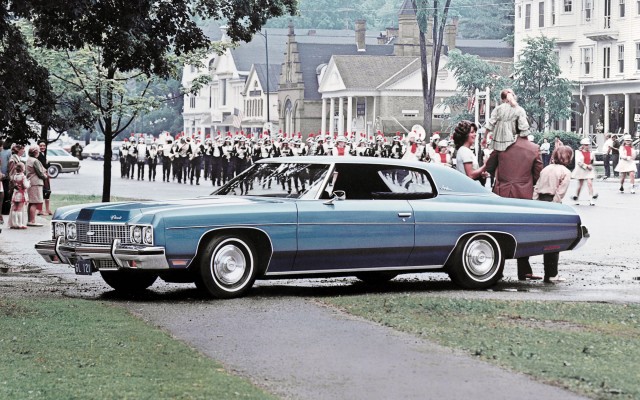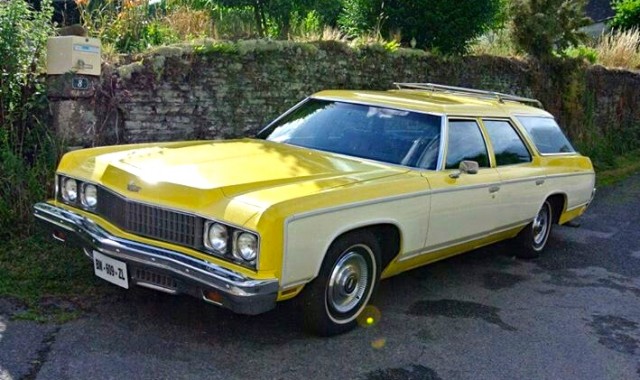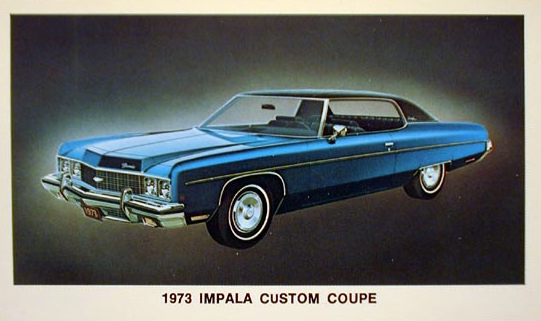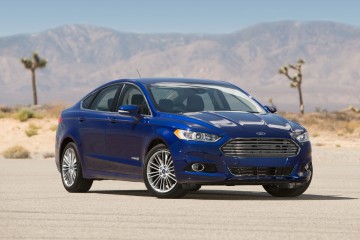When the Impala nameplate is mentioned, it usually conjures up images of either the early 1960s models that are popular with the lowrider community, or the brutish SS version offered in the 90s. However, the ’71-’76 Impala deserves as much recognition as its older, and much younger relatives. It was the best selling car in America in 1973, an impressive feat for the largest Chevrolet produced up to that point, especially given the nature of the market at the time. Going forward the Impala would face tightening environmental restrictions, an energy crisis, reeling economy, and consumers who were being bombarded with more economic options. These factors were reflected in the industry wide sales drop off of 20% from ’73 to ’74, and 1975 saw the Impala post its lowest sales numbers on record. As was the case for the American people, the 70s were to be marked by high highs, and low lows for the Impala.
The Impala had sold more than 10 million units by 1972, and 1973 was to be the pinnacle of over a decade of success. One has to think that the majority of Impalas sold that year rolled off lots prior to the effects of the Energy Crisis becoming totally apparent. To their credit, Chevrolet had wisely begun preparing for the requirement of catalytic converters in 1975 by lowering engine compression starting in 1971. That move may well have saved the behemoth Impala from being a total flop when consumers freaked out due to gas prices sky rocketing. Sure, the Impala was the biggest it had ever been, 217 inches overall, but it came standard with an “efficient” 350 cubic inch Turbo-Fire V8 that wheezed out 145 hp. 1973 saw the popular convertible model moved up to the Caprice Classic series, which makes the sales record for that year even more impressive. For a mammoth hardtop vehicle to be the best selling car in America, at the dawn of an era that would be defined by attempts to downsize, that’s pretty impressive.
The ’73 Impala gave buyers a variety of choices, not matter what part of the country they lived in as all motors were available nationwide. The aforementioned 350 cu-in V8 was standard across all models, and a four barrel carb version of that motor, as well as a 245 hp 454 Turbo Jet V8, could be selected for any Impala. The Custom Coupe, Sport Sedan, and “clamshell” station wagon could also be optioned with the 165hp 400 cu-in Turbo Fire V8 that was standard in the top of the line Caprice Classic series. One might think that the 454 Turbo Jet would have been the most popular motor with buyers as it produced the most power to move the 4,000 + pound car, but it was a shell of it’s former 365 hp self, a fact that buyers quickly figured out. Rather than pony up for the extra power, the majority of Impala buyers wisely saved their dough for satiating the thirst of the car. We’re talking 9 mpg highway, with a tailwind, and everything running in tip top shape. Still, when you take into account that there are still vehicles produced today that return the same kind of fuel economy, it doesn’t seem so bad.
Of the various models, my favorite is easily the Custom Coupe. I like the pillar less Sport Sedan, and of course I have a soft sport for the station wagon, but the Custom Coupe embodies the spirit of the era the most. The 70s were all about personal luxury, and the Impala Custom Coupe dialed it up to 11. The ’73 models had an updated suspension and frame that offered up a buttery smooth ride said to have been comparable to that of a Cadillac Eldorado. Rather than stay with the cheaper matte black plastic steering wheel found in ’71 and ’72 models, the ’73 Impala had a interior color matched wheel and instrument panel. The slick shifting Turbo Hydra-matic tranmission, front disc brakes, and increased front legroom only further made the case that the Impala was a luxury contender with a modest price tag. It still upheld the classic sales mantra “Lets you know you’re the boss”, and I suspect that in a time when many people felt the weight of the world on their shoulders, an cushy interior of an Impala was just the escape they needed.
While the remaining 3 years of the 5th generation production run saw a number of changes made, both cosmetically and mechanically, there was no matching the success of the ’73 model. The Spirit of America package in ’74, addition of a Landau appearance package in ’75, and the base model Impala “S” of ’76 serve as evidence of Chevrolet trying anything to get people in the door. They had to have seen the writing on the wall as early as ’74, but chose to ignore it. How else do you explain the 1976 model measuring more than 222″ in length? The sixth generation Impala downsized, and moved away from the classic roofline that Impalas had always had. There were cars that managed to carry on in somewhat stylish fashion through the end of the Malaise Era, but the Impala wasn’t one of them. The ’73 Custom Coupe and Sport Coupe were the best looking Impalas made following the timeless early 60s models. They’re hard to come by, so if you can find one that hasn’t been “slammed” or “donked”, you’ll want to do your best to snatch it up.
Find your next car with AutoTempest!
*images courtesy of Flickr and Pinterest
(Article continues below)










